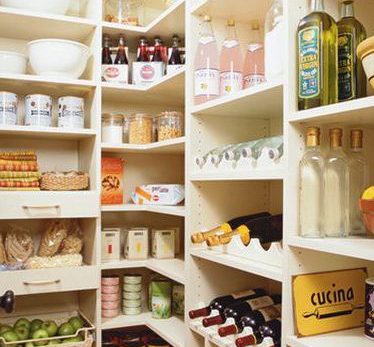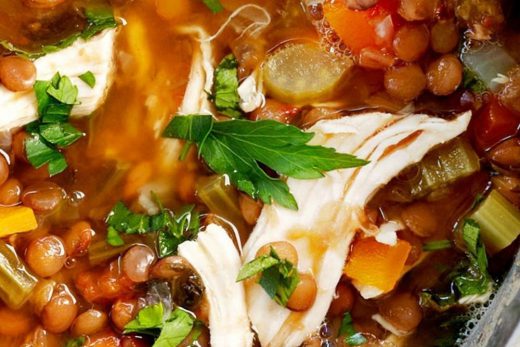How to Make Aquafaba Meringues Less ‘Beany’
aquafaba-cardamom meringue cookies on a blue plate on a pink background
Perhaps the most important question for aquafaba-based meringues is whether or not they taste and smell like beans. As I noted above, cooking the meringue does get rid of a lot of that beany aroma, but it’s still detectable. In the end, I found that the acceptable level of beaniness in a meringue depends primarily on the type of aquafaba you use, how sensitive you are to beany flavors and aromas, and the flavoring agents you use to mask those flavors and aromas.
Aquafaba made from chickpeas is considered to have the most neutral flavor compared to aquafaba made from other legumes. As I tested my recipes, I found 1 teaspoon of high-quality vanilla extract was unable to mask the bean flavor completely, but if I used stronger aromatic spices or flavoring ingredients, like cardamom or rosewater, that bean smell was basically undetectable. Here are some flavorings that I found worked particularly well in each of the recipes:
¼ to ½ teaspoon of ground green cardamom
¼ to ½ teaspoon ground fennel or star anise
½ teaspoon instant espresso or coffee powder plus 1 teaspoon vanilla extract
½ teaspoon rosewater
The Results: Kombu and Aquafaba
While I was working on this recipe, I started to get some conflicting results when I switched my brand of canned chickpeas, and I realized it was because some brands, like Eden, use kombu when they cook their beans. Kombu is often used to cook beans because it contains alpha-galactosidase, an enzyme that breaks down raffinose, the indigestible carbohydrate in beans responsible for flatulence.





